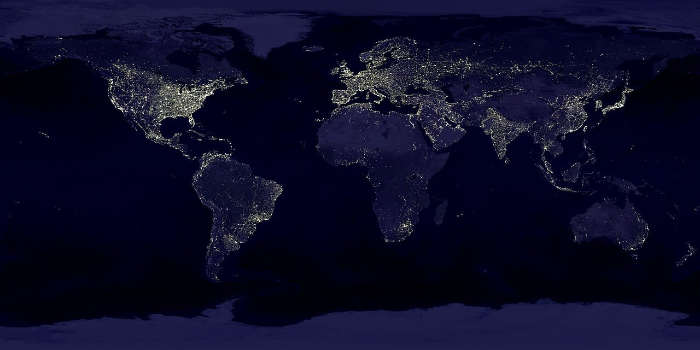Birth Rate by Country 2025

0
5
10
15
20
25
30
35
40
45
50
45.4 births/1k
43.2 births/1k
41.8 births/1k
40.8 births/1k
40.4 births/1k
- Birth rate is number of births per 1,000 population
The birth rate is the number of live births per 1,000 people in a population over a specific period of time (typically a year). Birth rate is closely intertwined with total fertility rate, which tracks the average number of women in a given country who give birth during their childbearing years. The birth rate varies drastically by country. The average global birth rate was 18.5 births per 1,000 people in 2019, lower than in 2007 and 2012. The daily global birth rate and daily global death rate are combined to determine the world’s overall rate of population growth.
Birth Rate and Replacement Rate
Both birth rate and fertility rate are helpful in analyzing a country’s replacement rate, which compares the rate of births and deaths in a country to determine whether the population is growing or shrinking. This metric is important because populations that increase or decrease too rapidly can put a strain on a country’s systems, including its economy, infrastructure, and social programs.
The global decrease in birth rate has caused some countries to worry that their current birth rate is not enough to replace the older generation, which would lead to a population decline. Problems associated with population decline include a slowed economy, which can lead to the closing of businesses from restaurants and public transportation to schools and medical facilities. To help counteract these concerns, some governments offer financial incentives to encourage citizens to have children. Low birth rates are attributed to the high costs of raising a child, people choosing to further their careers over starting a family, and older average ages for first-time mothers.
On the other hand, some countries face overpopulation and the problems associated with it, such as overcrowding, poverty, an overwhelmed health care sector, low life expectancy, and low education levels. In these circumstances, a country’s government might offer incentives for people to have only one child.
Birth Rate Highs and Lows
According to the CIA World Factbook, Niger has the highest birth rate in the world at 44.5 average annual births per 1,000 people per year. The birth rate in Angola decreased significantly from 46.89 in 2000 to 37.1 in 2024. It is notable that data from other sources, such as the United Nations or World Bank, rank countries in a slightly different order, but central Africa seems the consistently fastest-growing region globally.
On the other side of the scale, the CIA estimates Vatican City has the lowest birth rate in the world at 4.63 average annual births per 1,000 people per year. The next five lowest birth rates are in Hong Kong (5.43), South Korea (5.62), Ukraine (5.75), San Marino (5.92), and Japan (6.65).
























